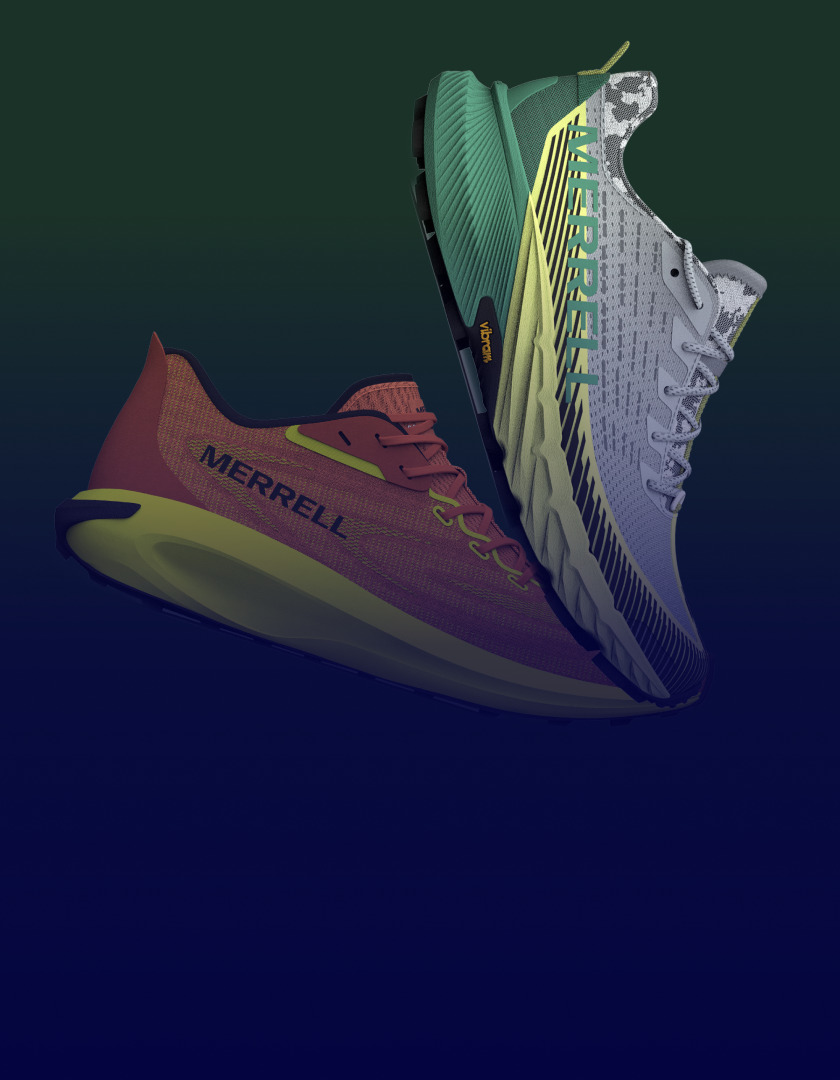Licensing in the Spotlight: Can Your Branded Merchandising and New Product Development Strategies Keep Up?

Consumer demand for branded merchandise is proliferating and more companies are launching new licensing strategies to reposition their brands, expand their reach and grow their profits. Global revenue for licensed merchandise reached more than $290 billion in 2019 with a steady year-over-year growth between 2013 and 2019, according to Licensing International.
Whether you’re creating luxury, niche or timed-release branded collections, product development complexity and change are inevitable. Managing the intricate details and global teams involved in your licensing programs requires next-gen digital transformation with a modern Product Lifecycle Management (PLM), like Centric PLM™.
PLM provides essential agility and visibility for licensee and licensor — so brands always live up to their names. Read on to learn how.
Here are the Top 6 Ways PLM Keeps Licensed Brand Product Development on Target:
Creative teams need time to do what they do best—create! Administrative tasks, such as data entry on spreadsheets, get in the way, take up time, and slow your design team down. With next-gen PLM, data entry and updates occur within a shared cloud-based platform accessible to licensee and licensor teams. When your creative team doesn’t have to worry about scattered spreadsheets and ensuring everyone is on the same page—they have time to design buzz-worthy products. They can also design in their preferred creative environment and share ideas with internal and external partners in a visual-first digital space.
Licensing adds a layer of complexity to the product development process. There are abundant documents to track, including license requirements, production deadlines and license expiration dates. Brand owners must also formally approve products at various stages of development.
Tracking documents with spreadsheets and emails is labor-intensive and critical details can still slip through the cracks. PLM software provides a cloud-based platform for document visibility at every stage of the licensing process. You can also automate alerts for deadlines and license expirations so your teams stay on top of workflows and business goals.
Collaborative partnerships between licensors (brand owners) and licensees (branded product developers) are central to brand merchandising. The process also involves collaboration and partnerships between brands and designers, retailers, and manufacturers.
With a modern PLM, widespread teams can easily share product design updates, new product or collection ideas, and stay on top of issues impacting manufacturing and delivery.

PLM-powered transparency through the licensing process means licensee and licensor can navigate change with agility, whether the change is expected or sudden. For instance, licensees can stay on top of branding changes to colorways, brand logos and other key elements.
With PLM, even overseas manufacturers are confident they have the latest design iterations and tech packs. Licensors, meanwhile, can quickly identify when branded products fall outside of the license agreement and take immediate action to rectify the issue.
Brands have unique identities from playful, to ultra-luxe to cozy. Consumers expect branded products to align with their brand identities even when manufactured through a licensing agreement. When the products don’t meet expectations, entire brands can become tarnished. Cloud-based PLM ensures every branded product meets licensor requirements and is approved before manufacturing and launch.
License terms vary and must be met without fail to retain a solid reputation as a brand merchandising partner. PLM streamlines royalty tracking and provides transparent reporting that establishes and sustains trust between all partners in a licensing agreement.
Slow licensing processes and outdated technology cause unnecessary frustration, missed deadlines, slow product development and diminish branded merchandise quality. Make sure your licensing process retains its polish with next-gen PLM.









